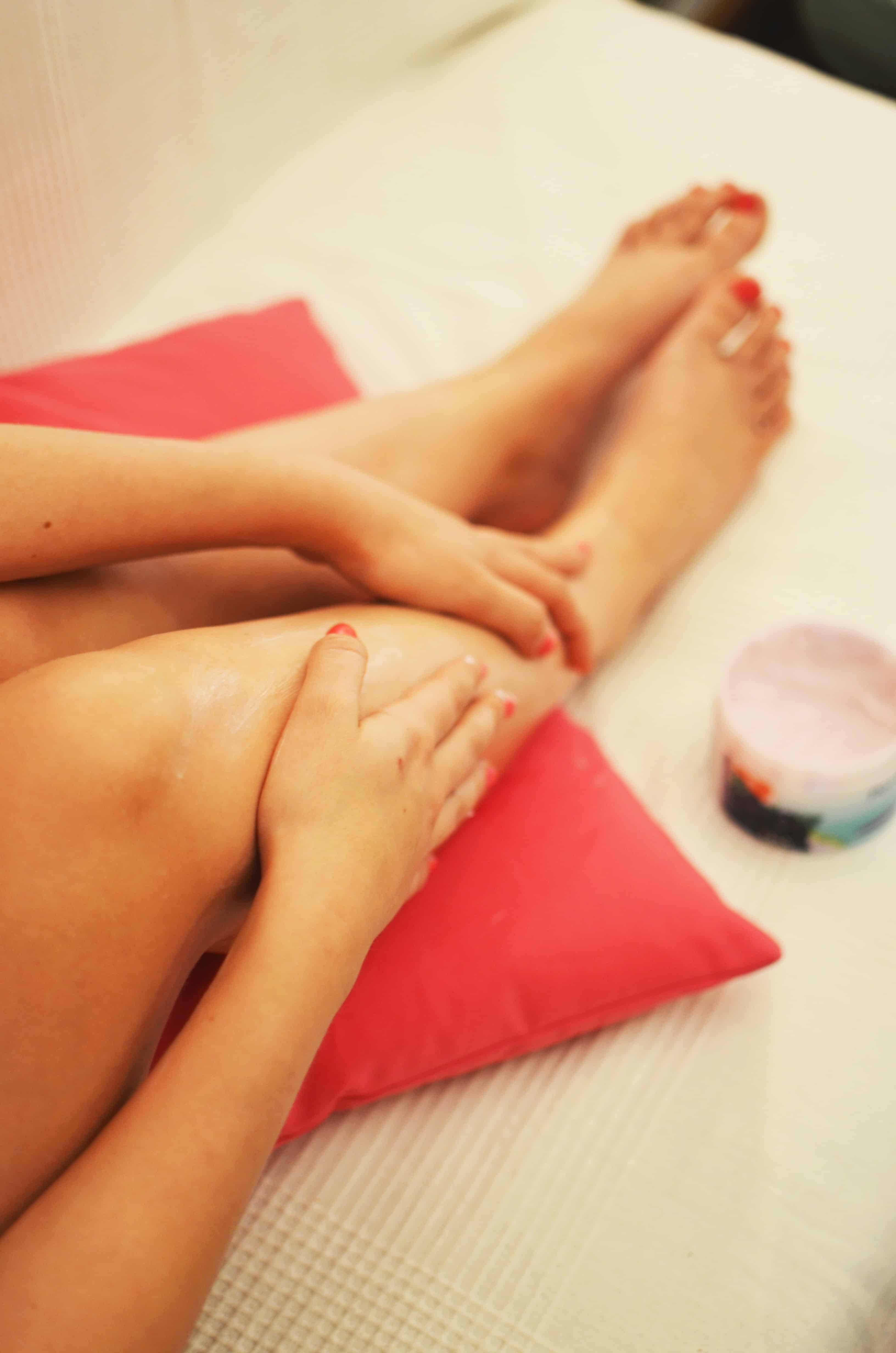Red Rash on Legs? Cure It Forever Within One Week!
The sight of a red rash on legs isn’t fun, and no one feels good or confident when they manifest it on themselves. They bring a bad feeling whenever you wear clothes that do not cover them enough, not forgetting that they are itchy and annoying.

It’s also utterly disappointing if you do not have an idea of what to do with them or how they can be lessened. However, understanding the causes, symptoms, and how to reduce their spreading can help cure them forever.
Causes of Red Rashes
There are many different causes associated with red rashes. The following are some of the many causes and how they usually occur:
Ringworms
Ringworms are also some of the most common causes of red rashes. In most cases, the results are circular-shaped, scaly, and itchy rashes that are compounded by raised borders. The skin at the middle of the ring appears clear and healthy though. The ring may continue spreading outwards until the causes are dealt with.
Contact Dermatitis
This problem is usually spread after one comes into contact with an allergen. The result can be a red rash on legs and a handful of other body parts. The rashes may appear hours or days after the exposure to the allergen happens.
When it happens, the affected area appears to have visible borders. The borders usually appear where the skin is touched by the irritating substance or another affected area. The skin also becomes red, scaly, itchy, and raw. Blisters that ooze, weep, or become crusty may also appear.
Allergic Eczema
A red rash caused by allergic eczema may resemble burns. These rashes are found on soft spots too and result in an itchy, scaly, red, or raw skin. Blisters that ooze, weep, or become crusty may also start manifesting themselves.
Eczema
Eczema results in yellow and white scaly patches that usually flake off. The areas in return become red, greasy or oily, and itchy. Hair loss may also be evident around the area affected by the rash.
Psoriasis
This skin condition is commonly characterized by scaly and silvery skin patches that are also sharp in nature. They are commonly found around the elbows, knees, lower back, and the scalp. The areas with the rash may also be itchy and asymptomatic.
The Link Between Gut Health and the Skin
Did you know that there exists a link between your skin and the gut’s health? This explains why some people have persistent red rash on legs: because there is this underlying issue. Such issues are most likely associated with gut health and can only be dealt with by first working on the health of your gut.
If your desire is to have a flawless and smooth skin free of skin conditions, your best ticket to this is by looking after your gut in the best ways possible.
The gut is linked to the brain in what is referred to as the “gut-brain axis“. This is a topic that has over the time been highly studied and documented since 1930 when two philosophers, Pillsbury and Stokes discovered that depression could be linked to changes in the bacterial composition in the gut. In the end, the alteration leads to skin inflammations symptomized by, for example, red rashes on legs.
Also, poor diet has long been associated with a leaky gut. They are also linked with such conditions as skin rashes, hives, and acne. As such, it cannot be clearer that the state of your gut may determine the occurrence of skin problems.
How to Use the A Healthy Gut to Fight Skin Conditions
Knowing the relationship between gut health and skin problems is one of the best ways of avoiding skin conditions. The best way is first to learn the tested and proven ways of treating the Leaky Gut Syndrome and then work on maintaining it at a healthy state. For the best way to do this, you can check out the 3-step Leaky Gut Protocol.
The protocol involves three common steps that guarantee the desired results. The steps include changing your diet and rebalancing with probiotics. In addition, you can add the colostrum supplement which is the third step to dealing with the Leaky Gut Syndrome.



Leave A Comment